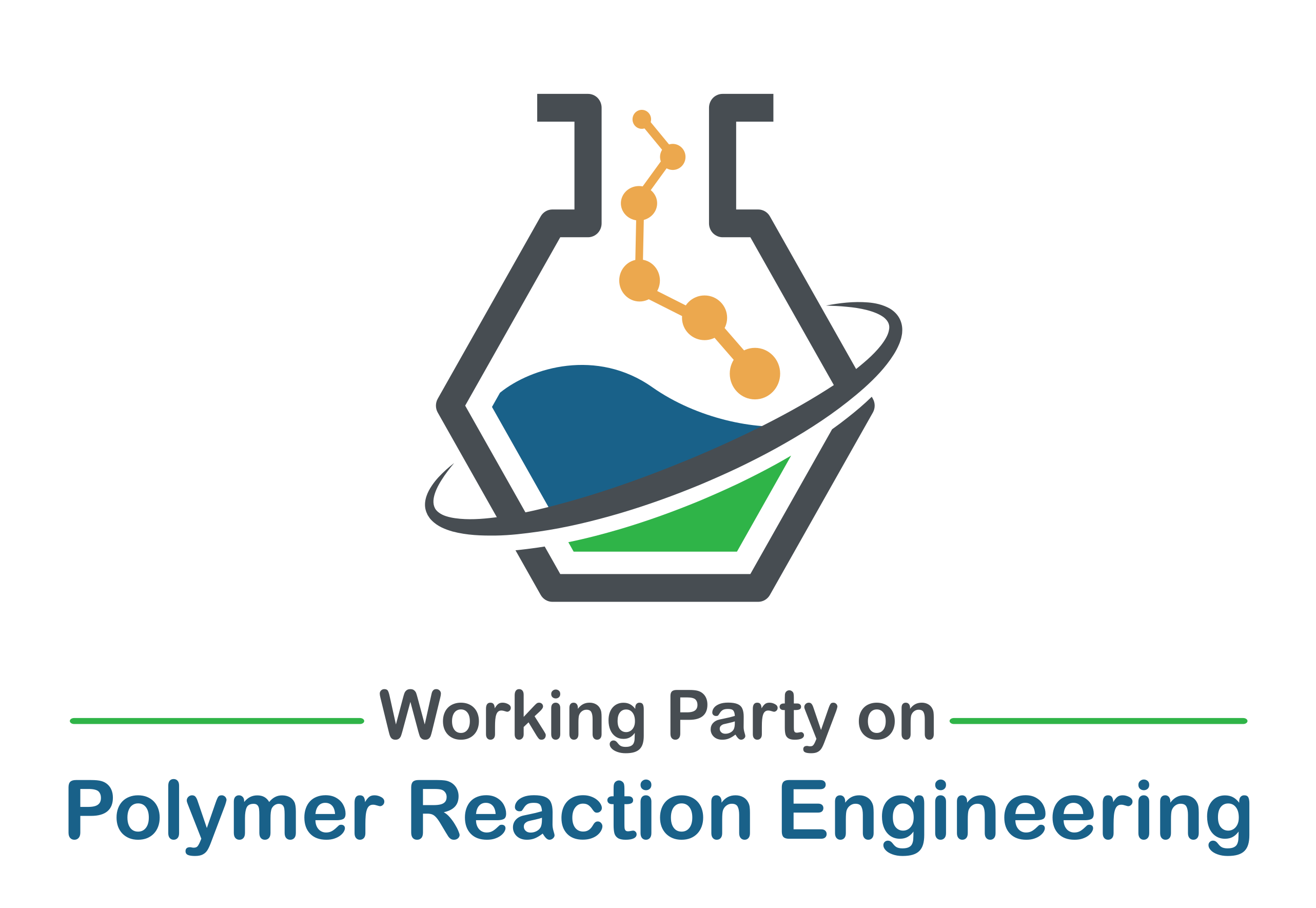The program Predici from CiT is used to perform deterministic simulations. Here, mass, heat and momentum balances are solved in ideal reactor systems. The reaction kinetics of the (radical) polymerization of ethene is based on a complex mechanism including initiation, propagation, termination, and transfer reactions to low and high molecular species. The Galerkin h-p method implemented in the solver enables the calculation of the full molecular weight distribution. Reactors are simulated on laboratory scale as well as industrial scale, such as tubular reactors and multi-zone autoclaves. The modeling is not limited to homo-polymerisations, but can be extended by one or more co-monomers if the kinetic parameters are known.
Using a Monte Carlo simulation, detailed information about molecular topologies and microstructural properties, such as long and short chain branching or terminal double bonds, is obtained. This statistical method is based on reaction probabilities resulting from the deterministic simulation. The Monte-Carlo simulation follows the single molecule approach. Each molecule is simulated individually on its way through the reactor. The molecule topology is adjusted according to the reaction step.
The correlation between the microstructure and application properties is achieved, for example, by simulating the rheology or the gyration radius of the polymer. An ensemble of molecular topologies from the Monte Carlo simulation serves as a starting point. The linear and nonlinear rheological properties can be calculated using the Branch-on-Branch algorithm by Read et al. after reduction of the ensemble.
CFD simulations are suitable for obtaining spatially resolved information, such as the concentration or temperature distribution in the reactor. The software ANSYS® Fluent® is used for this purpose. Important topics with regard to polyethylene polymerisation are mixing effects and the formation of hot spots, which can lead to local or global decomposition. Furthermore, based on the solved velocity field, a coupling to a Monte-Carlo method can also be performed, which in turn allows access to spatially resolved microstructural properties of the polymer.




